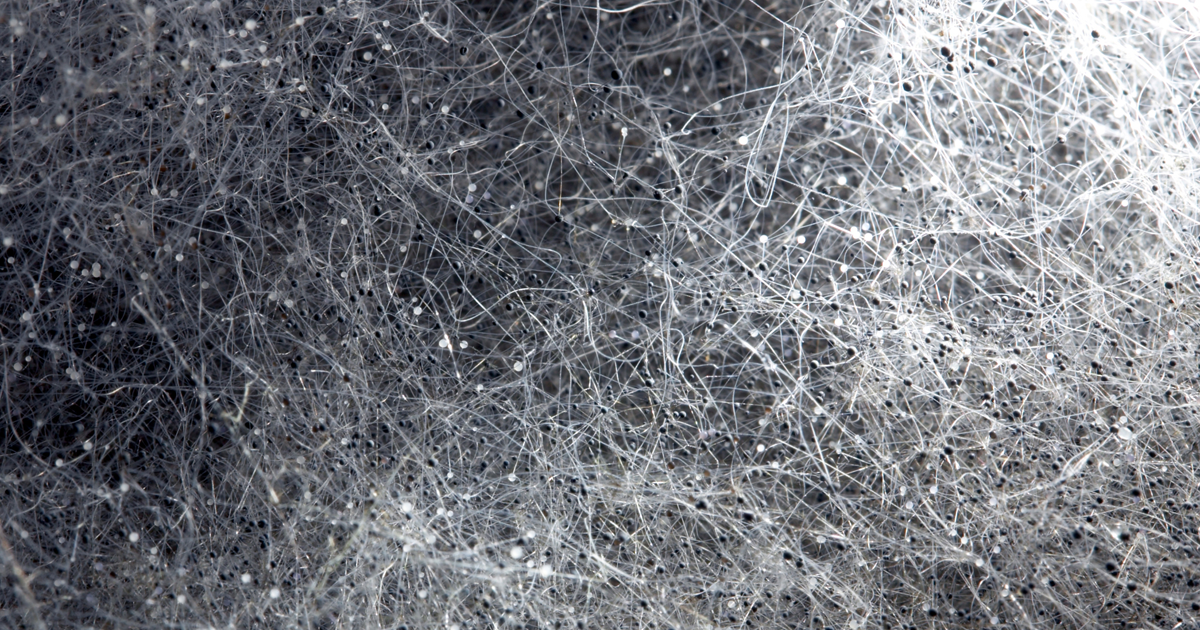
It could be lurking in your workplace. Creeping slowly, clinging to drywall, brick, and stone. A living organism; ingesting microscopic particles and spewing its reproductive spores into the air of your workplace. No, this is not some alien creature. Rather, it is an organism we have all heard of; mold. Mold can be a crippling factor for your job environment. Not only can it be toxic for human health and exacerbate existing health conditions, but it can also lead to lawsuits and the eventual demise of buildings and work structures. Have you safeguarded your workplace against mold? Are you aware of the effects mold can have?
What you need to know about mold
Employers should be aware of the basics of mold, and the environment that is conducive to mold growth. There are over 1,000 species of mold that are found in the United States. Molds are a type of fungus. They feed on dead organisms, and can grow anywhere they have sufficient nutrients. To reproduce, mold releases microscopic spores into the air. These spores then float through their present environment, coating whatever surfaces they drift onto.
Employers should be aware of the areas in their work facility that are prime for mold growth. Often, these are areas that are dark, moist, and have poor ventilation. Unlike many organisms, mold does not need sunlight to grow. Common places for mold growth include attics, air ducts, crawlspaces, and any moist areas with little air flow.
Health effects of mold
Mold can have adverse effects on the health of individuals exposed to it. The spores released by mold can trigger asthma attacks, fever-like symptoms, and even some isolated skin irritation. Most commonly, spores from mold induce allergy-like symptoms such as a runny nose, irritated eyes, and a sore throat. There is some research that suggests exposure to mold is linked to other diseases and conditions such as cancer, memory loss, and emphysema.
How to control mold in your workplace
The first step to controlling mold in your workplace is identification of potential mold-conducive conditions. Checking your facilities for moist areas, water leaks, and damp hard-to-reach places is key to determining and controlling the presence of mold.
Moisture is the most important factor in determining where mold can grow. It is absolutely crucial that your building repairs water leaks, carries out efficient maintenance on appliances (such as refrigerators and AC units), and monitors humidity levels inside the building. Bathrooms, cooking areas, crawl spaces, and closets are all areas where poor ventilation and high humidity can facilitate mold growth. If your building experiences a water leak into the carpet, ceiling tiles, or similar surface, then clean and repair the damaged area as quickly as possible. Any moist environment with little air flow is prime for mold growth. Key in on these areas when you assess your workplace. Controlling moisture should be the number one priority.
If you find mold in your workplace, then it is important to take care of it immediately. Cleaning mold from any surface can be accomplished with a simple sponge and some bleach. Upon removing all mold from the location, be sure to completely dry the area. Any residual moisture can result in the rehabilitation of the same mold you just removed.
Finally, performing routine mold and maintenance checks should be on every building manager’s list. Something as simple as a leaking refrigerator can result in mold. Inspecting all appliances, air ducts, closets, and crawl spaces is a great way to help keep mold from invading your workplace.
Mold is a silent hazard. A workplace hazard that does not make its presence known in one horrific accident or tragedy. Rather, it is a hazard that literally floats daintily through the air. Settling on the lips and on the hands of your employees. From there, it enters the nose, throat, eyes, and lungs. Mold can cause significant health problems, and it can have adverse effects on a number of facets in your workplace. Do not take its presence lightly.




